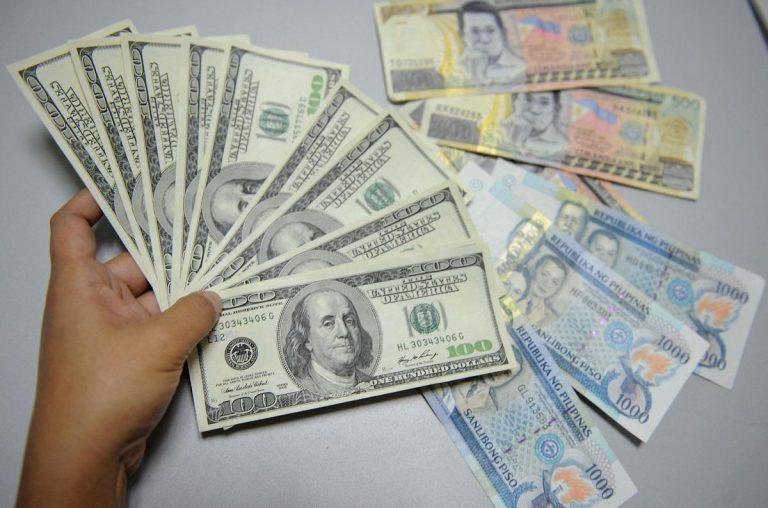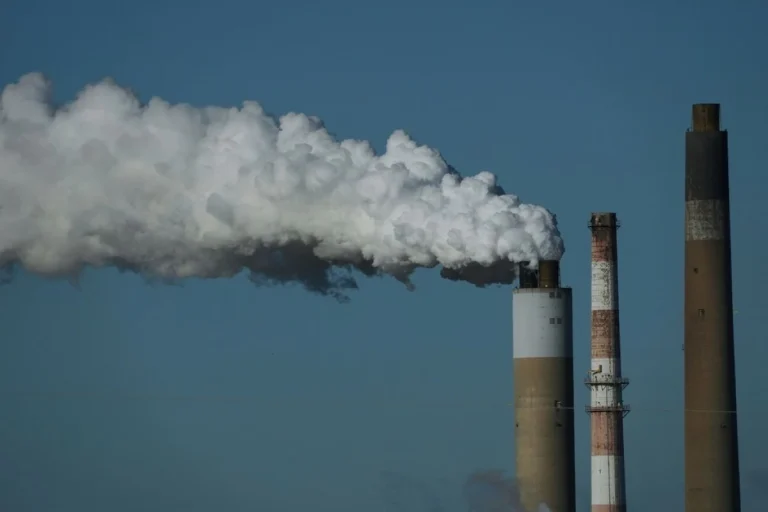
The Philippine weakened for the second straight trading day on Wednesday to carve a fresh record-low, dragged by political noise and the appreciation of the US dollar against most global currencies.
The local currency shed 18.5 centavos to close at P59.17:$1, its weakest performance to date after surpassing the previous low of P59.13:$1 on October 28, 2025. It closed Tuesday at P58.985:$1.
“The US dollar/peso exchange rate went up slightly for the second straight trading day… the highest closing rate ever… after some political noise recently,” Rizal Commercial Banking Corp. (RCBC) chief economist Michael Ricafort said in a commentary.
This comes as Malacañang said the military’s intelligence is verifying the claim of an alleged destabilization plot against the administration of President Ferdinand “Bongbong” Marcos Jr., following a post by veteran journalist Mon Tulfo naming some personalities allegedly behind the attempts.
Ricafort also cited the appreciation of the US dollar against major global currencies, as the benchmark 10-year US Treasury yields remained among one-month highs but still among seven-month lows, and the Dow Jones industrial Average at new highs.
“It is important to note that the US dollar/peso exchange rate is still slightly above the psychological 59.00-mark (which is also the previous record high that was respected for more than three years), still a sign of relatively stable peso exchange rate vs. the US dollar recently,” Ricafort said.
Moving forward, Ricafort said the peso could see an appreciation with the start of holiday-related spending, as some overseas Filipinos and other dollar earners convert these for pesos.
For its part, the Bangko Sentral ng Pilipinas (BSP) earlier said that while it generally allows the market to dictate the exchange rate, it continues to maintain robust reserves to pave the way to influence the swings.
“The Bangko Sentral ng Pilipinas allows the exchange rate to be determined by market forces,” the BSP said earlier.
“We continue to maintain robust reserves. When we do participate in the market, it is largely to dampen inflationary swings in the exchange rate over time rather than prevent day-to-day volatility,” it added.





